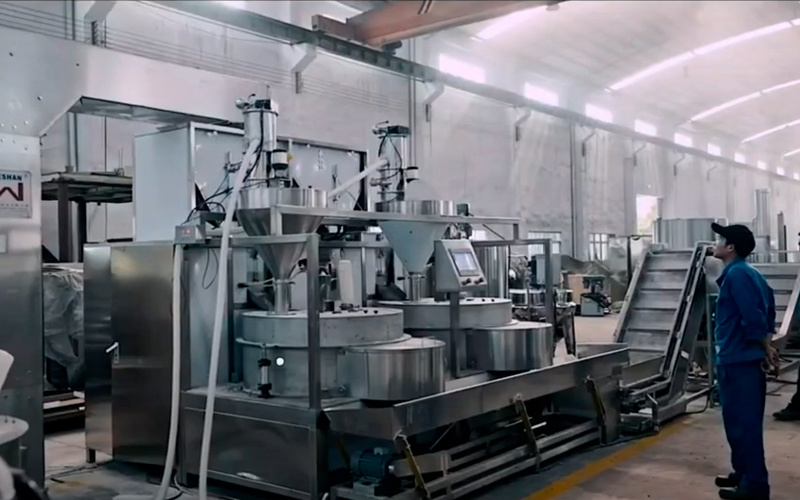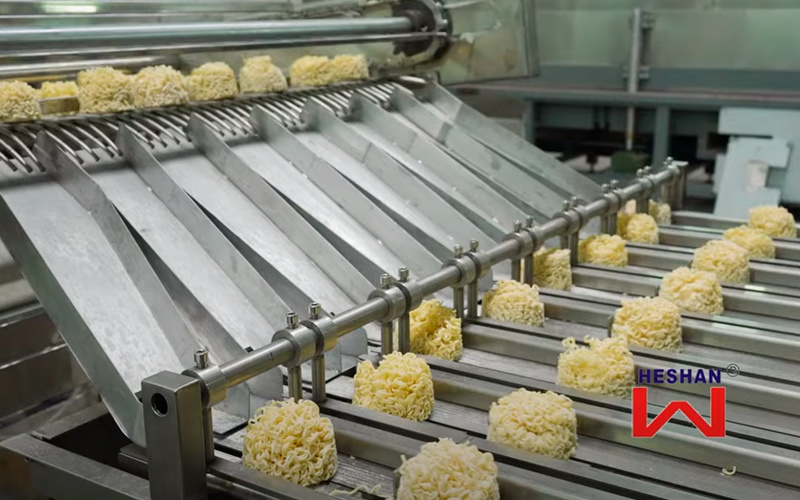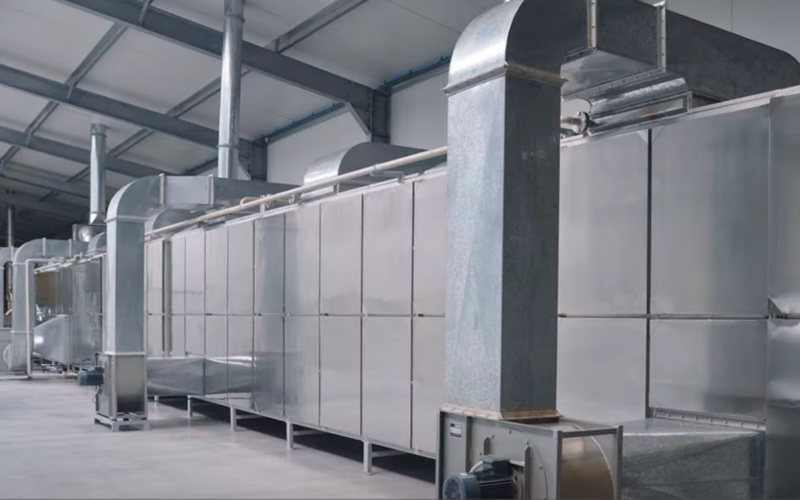Coated Peanuts Testing Project
The details of the testing project for coated peanuts refer to the specific items and methods to be focused on when testing coated peanuts. Details of coated peanuts testing include:
Nutrient analysis: Testing the nutrient content of coated peanuts, such as protein, fat, carbohydrates, etc. These components are important indicators of coated peanut quality and are also the focus of consumer attention.
Microbiological testing: Testing whether there is bacterial, mold, yeast, and other microbial contamination in coated peanuts. These microorganisms can cause food spoilage and illness, so regular monitoring is necessary to ensure the quality and safety of products.
Heavy metal testing: Testing whether coated peanuts contain excessive heavy metals such as lead, mercury, etc. Excessive heavy metals can seriously harm human health, so testing is necessary to ensure product quality and consumer safety.
Pesticide residue testing: Testing whether coated peanuts contain pesticide residues. Pesticide residues are harmful to human health, so testing is necessary to ensure that products meet food safety requirements.
The testing project for coated peanuts ensures the quality and safety of the product. Strengthening product testing by enterprises can ensure the production of high-quality coated peanut products.
Recommended
The efficacy and effects, taboos, and consumption methods of river noodles









